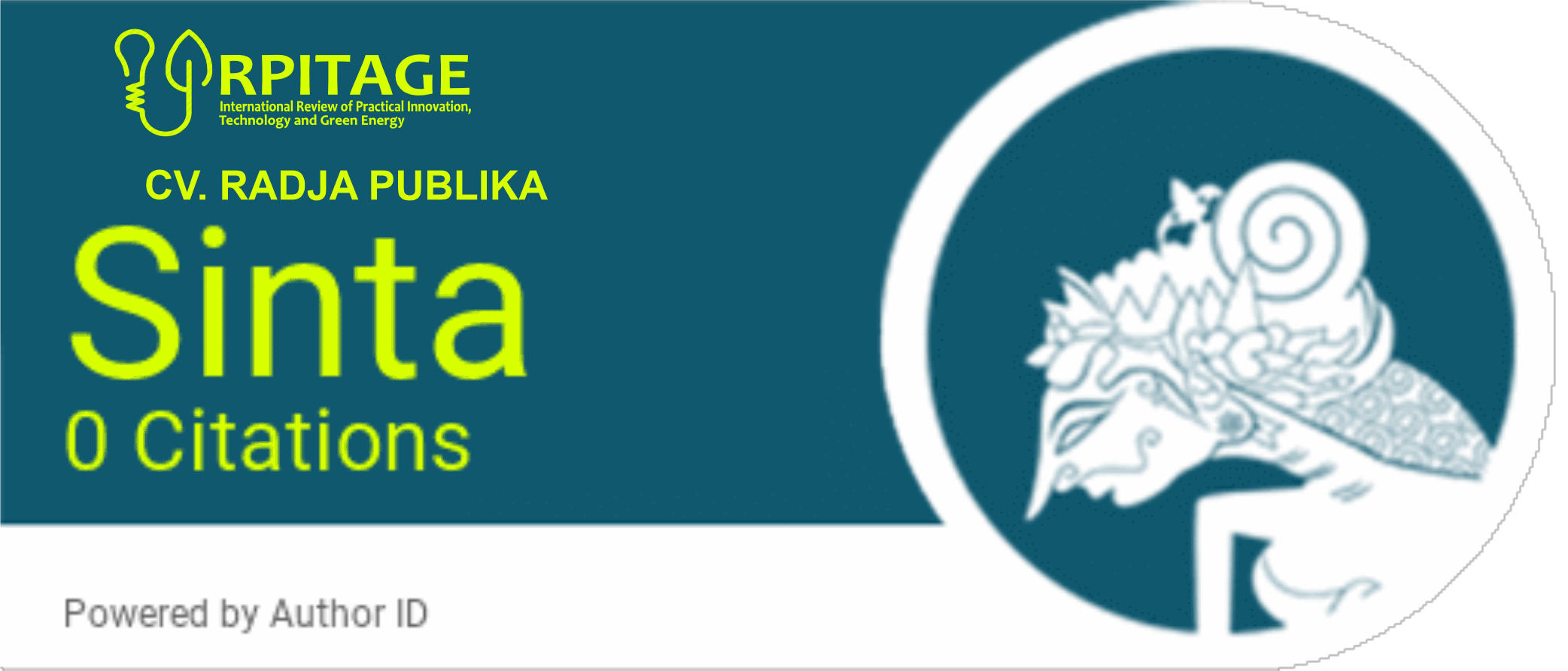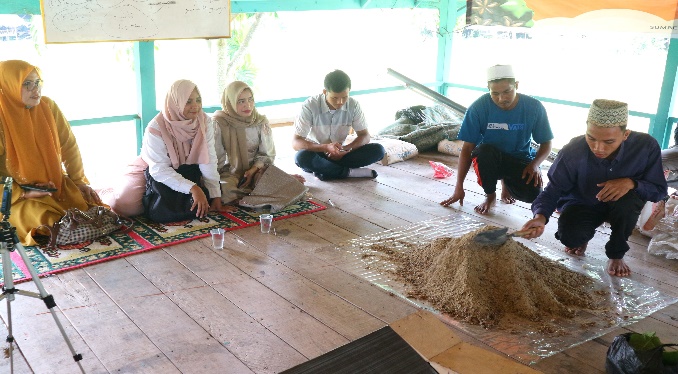THE IMPACT OF SHEEP MANURE UTILIZING AS AN INNOVATIVE PRODUCT “BIOSLURRY PLUS TRICHODERMA (BIOS +)” ON BINA MANDIRI FARMER GROUP IN PULOSARI VILLAGE, SUKABUMI DISTRICT
Main Article Content
Emmia Tambarta Kembaren
Mawardati
Yusra
Romano
Ramayana
Fertilizer scarcity is still a major problem in agriculture in Indonesia. Furthermore, to overcome the scarcity of fertilizers, the use of chemical fertilizers is expected to be replaced by using organic fertilizers such as Bio Slurry. This innovative product could solve the problem of fertilizer scarcity that occurs among farmers in Indonesia. The utilization of sheep manure to produce innovation product “Bioslurry Plus Trichoderma (BIOS +)” is a program of CSR from PT PLN Indonesia Power PLTP Gunung Salak Kamojang POMU in the form of community development activities. The location of community service was taken at the Bina Mandiri group in Pulosari Village, Kalapanunggal District, Sukabumi Regency. The implementation methodology is designed for mentoring with a participatory approach which consists of: (1) Providing information related to the benefits of innovative products BIOS +, (2) Providing information how to make and apply BIOS +, (3) Practice of applying BIOS + on their cultivated land, and (4) Observation the impact of using BIOS + on soil conditions, cost efficiency, changes in knowledge and changes in behavior of Bina Mandiri group. According to the BIOS+Innovation production implemented by CSR PT PLN Indonesia Power PLTP Gunung Salak Kamojang POMU, the following conclusions are: 1) Bina Mandiri has been successfully maximized their asset in this program, 2) the BIOS + empowerment program resulted in a reduction of chemical fertilizer use on their cultivated land by 185 kg, 3) The improvement of soil and environmental conditions after using BIOS+ from the total land owned by 15 members is 4.14 hectares of horticultural crops, 4) the efficiency of reducing the cost of chemical fertilizers per 3 months is IDR 3,700,000, 5) the Increase in of Bina Mandiri Group's technical knowledge in producing BIOS+ after program implementation is 100%. This exceeded the program's target, and 6) the increase in behavior to apply the innovation product BIOS+ in Bina Mandiri Group is 60%. This exceeded the program's target.
B. Satata, 2016. Utilization of Cow Manure as a Source of Biogas. Journal of Udayana Mengabdi, 15(2), 150-158.
Dharma, U. S. 2011. Study of the Potential of Biogas Energy Sources. Turbo, 3, 34-41.
Fitriyah, A. 2021. Processing Cow Manure Waste into Non-Fossil Gas Energy and Organic Fertilizer in Batu Kuta Village, West Lombok. SELAPARANG Journal of Progressive Community Service, 4(3), 855. https://doi.org/10.31764/jpmb.v4i3.5396
Mujiyo, M., & Suryono, S. 2017. Utilization of Goat Manure in Fruit Plant Cultivation in Pots to Support the Development of Islamic Boarding Schools. PRIMA: Journal of Community Empowering and Services, 1(1), 5. https://doi.org/10.20961/prima.v1i1.35147
Putri, R. E. 2019. Study of Cow Manure Utilization as a Biogas Source in Nagari Aie Tajun, Lubuk Alung District, Padang Pariaman Regency. Impact Journal, 16(1), 26-30.
Dian. 2015. Biogas Production From a Mixture of Cow Manure With Chicken Manure. Lampung Agricultural Engineering, 4, 127-136.
Santoso, B. 2020. Utilization of Cow Manure as a Source of Biogas Energy in Teluk Bintuni Regency, West Papua Province. Journal of Community Service, 26(3), 119. https://doi.org/10.24114/jpkm.v26i3.17633
Setyaningsih, W. 2019. Management of Cattle Waste into Biogas in Gogik Village, West Ungaran District. Indonesian Journal of Conservation, 3(1), 99-110. https://journal.unnes.ac.id/nju/index.php/ijc/article/view/3085
Soeprijanto, S. 2017. Making Biogas from Cow Manure Using Biodigester in Jumput Village, Bojonegoro Regency. Sewagati, 1(1), 17. https://doi.org/10.12962/j26139960.v1i1.2984
Trisnaliani, L. 2018. Biogas Conversion Results of Cow Manure Waste as Genset Fuel to Produce Electrical Energy with a Capacity of 0.3 k Watt. Issn 2085-4218, 97-102.
Wardana, L. A., & Lukman, N. 2021. Utilization of Organic Waste (Cow Manure) into Biogas and Compost Fertilizer. Journal of Science Education Master Devotion, 4(1). https://doi.org/10.29303/jpmpi.v4i1.615











